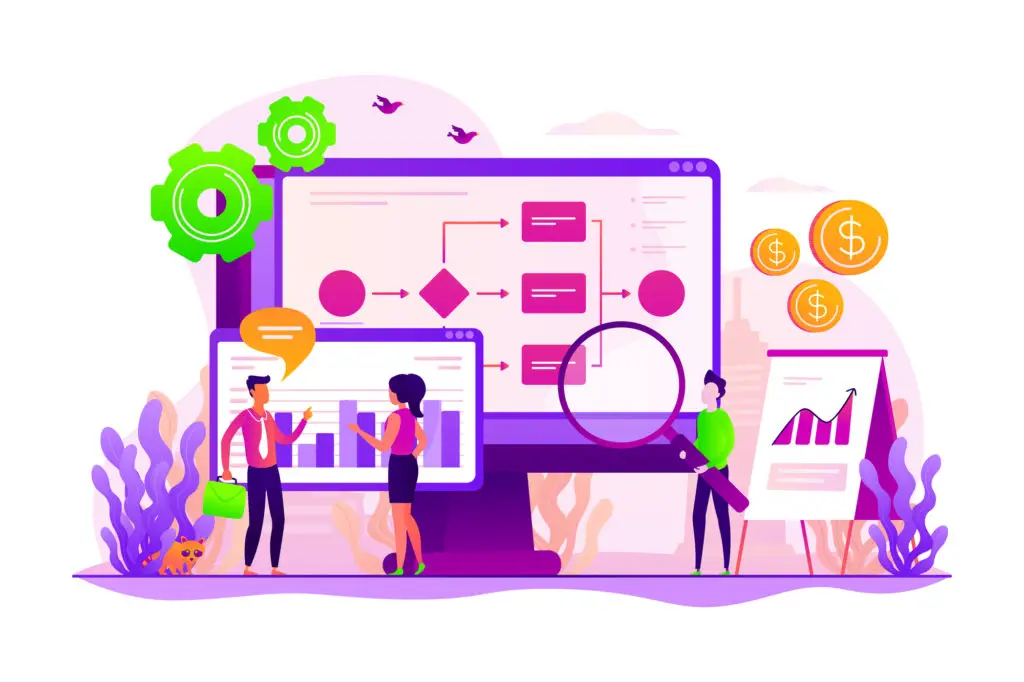
Automation: Revolutionizing Work, Enhancing Efficiency
In the era of digital transformation, automation stands as a technological marvel, reshaping industries, revolutionizing workflows, and propelling efficiency to unprecedented levels. From routine tasks to complex processes, automation leverages cutting-edge technology to streamline operations, reduce human intervention, and unleash a new wave of productivity. Let's delve into the world of automation, exploring its impact on various sectors, the technologies driving it, and the implications for the future of work.
**1. The Essence of Automation:At its core, automation is the use of technology to perform tasks without continuous human intervention. It spans a spectrum of activities, from simple, repetitive actions to sophisticated processes that involve artificial intelligence and machine learning.
**2. Increased Efficiency and Productivity:Automation significantly enhances efficiency and productivity by expediting processes that would traditionally require substantial human effort. By automating routine tasks, organizations can redirect human resources towards more strategic and creative endeavors.
**3. Robotics and Industrial Automation:In manufacturing and industries, robotics and industrial automation have transformed production lines. Machines equipped with precision and speed perform tasks ranging from assembly to quality control, optimizing production processes and minimizing errors.
**4. Artificial Intelligence and Machine Learning:Automation is propelled by artificial intelligence (AI) and machine learning (ML), enabling systems to learn from data and adapt to evolving scenarios. These technologies power advanced automation in areas such as data analysis, predictive modeling, and decision-making.
**5. Business Process Automation (BPA):Business Process Automation streamlines complex workflows by automating tasks and processes across various departments. From customer relationship management to financial operations, BPA optimizes organizational efficiency and agility.
**6. Robotic Process Automation (RPA):RPA involves the use of software robots to automate repetitive, rule-based tasks. These digital workers mimic human actions in software systems, enabling organizations to achieve cost savings and improved accuracy in data processing.
**7. Impact on Jobs and Workforce:While automation has the potential to enhance efficiency, it also raises questions about its impact on employment. As routine tasks become automated, the workforce undergoes a shift towards roles that require creativity, critical thinking, and strategic decision-making.
**8. Customer Service and Chatbots:Automation has revolutionized customer service through the use of chatbots and virtual assistants. These AI-driven tools provide instant responses to customer queries, offering 24/7 support and freeing human agents to handle more complex issues.
**9. Cybersecurity Automation:In the realm of cybersecurity, automation plays a crucial role in threat detection, response, and mitigation. Automated systems can analyze vast amounts of data in real-time, identifying potential security breaches and responding proactively.
**10. Challenges and Ethical Considerations:The widespread adoption of automation poses challenges, including the potential displacement of jobs, the need for upskilling, and ethical considerations surrounding AI decision-making. Striking a balance between technological advancement and societal impact remains a critical consideration.
Conclusion:Automation is a transformative force that transcends industries, redefining the nature of work and unlocking new possibilities for innovation. As organizations embrace automation to optimize processes and boost productivity, the key lies in navigating the evolving landscape with a mindful approach. By harnessing the power of technology responsibly, society can reap the benefits of automation while addressing the challenges it presents, ensuring a future where humans and machines collaborate synergistically for the betterment of the global workforce and economy.
